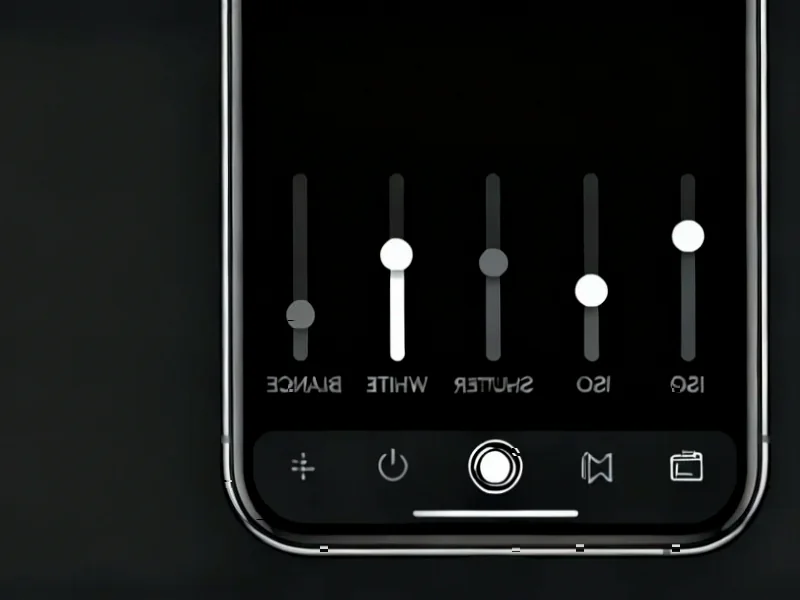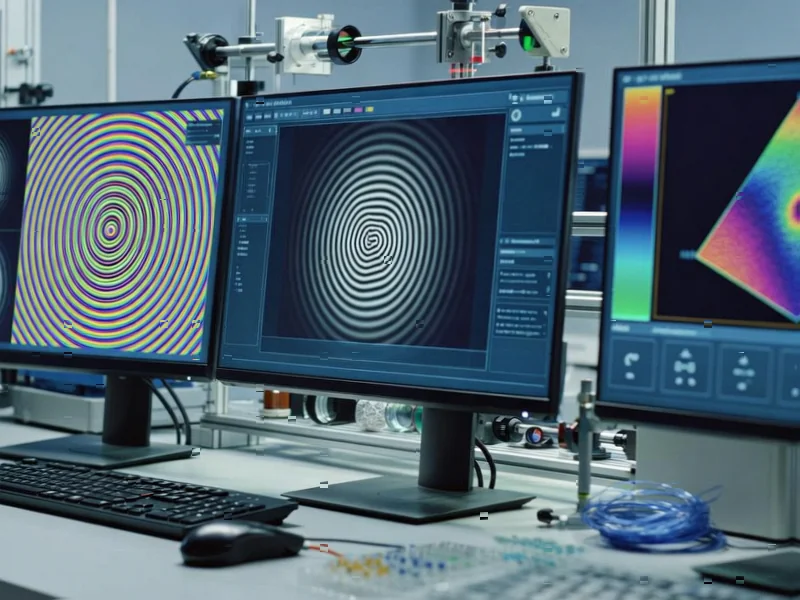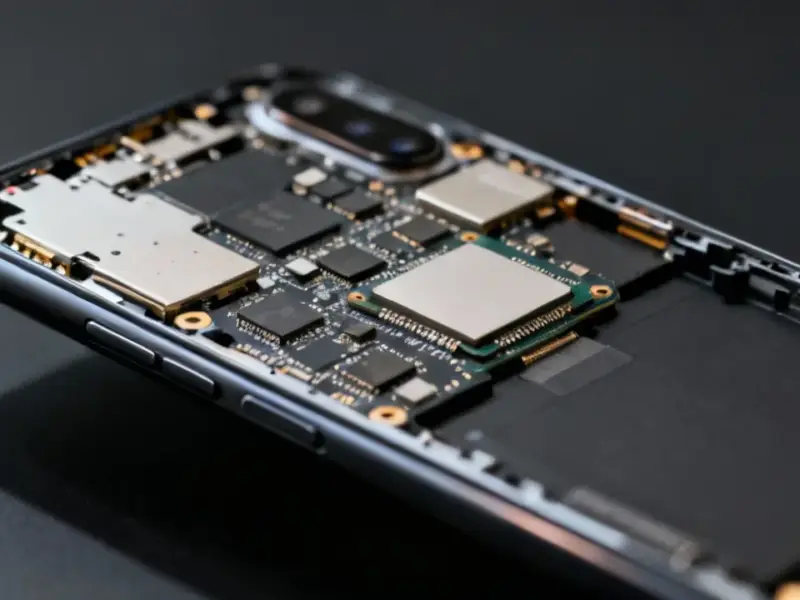According to SamMobile, Samsung’s Advanced Professional Video (APV) codec is gaining significant traction ahead of its expected debut on the Galaxy S26 early next year. The popular DaVinci Resolve video editing application has already added support for APV, while Google has integrated the codec into Android 16’s stock version, ensuring compatibility across most Android devices. APV supports resolutions up to 8K with HDR10 and HDR10+ formats, plus advanced features like alpha channels, depth information, and frame tilting for XR content. Samsung reportedly plans APV video recording on the Galaxy S26, potentially positioning it as a premier device for mobile video creation. This growing ecosystem support suggests APV could become a serious contender in the professional video space.
The ProRes Problem: Ecosystem Matters More Than Technology
While APV’s technical specifications appear impressive on paper, Samsung faces a monumental challenge that goes beyond codec efficiency: ecosystem dominance. Apple’s ProRes isn’t just a codec—it’s an integrated workflow solution that’s deeply embedded across Final Cut Pro, iOS devices, and professional video hardware. The real test for APV won’t be whether it can match ProRes’s compression ratios, but whether it can convince production houses, broadcasters, and professional editors to adopt an entirely new workflow. Historically, even technically superior codecs have failed when they lacked the ecosystem support that professionals rely on for their daily work.
The Android Fragmentation Reality Check
Google’s decision to include APV in Android 16 is strategically important, but it doesn’t guarantee widespread adoption. The phrase “unless it was specifically blocked by a smartphone maker” reveals the fundamental weakness in Samsung’s strategy. Android manufacturers have a long history of removing features to differentiate their products or reduce licensing costs. Unlike Apple’s vertically integrated approach where ProRes support is guaranteed across compatible devices, APV’s success depends on the cooperation of competing Android manufacturers who may see little benefit in promoting Samsung’s proprietary technology. This fragmentation could create a patchwork of support that makes APV unreliable for professional workflows.
The Hardware Adoption Timeline
The mention of Snapdragon 8 Elite Gen 5 and Exynos 2600 chip support highlights another critical challenge: hardware acceleration. Professional codecs require dedicated hardware encoding/decoding to be practical for real-world use. While flagship chips will likely support APV, the broader Android market—including mid-range and budget devices—may take years to incorporate the necessary hardware. This creates a chicken-and-egg problem: without widespread hardware support, content creators won’t adopt APV; without creator adoption, manufacturers won’t prioritize hardware implementation. The transition period could be measured in years rather than months, giving Apple’s established ecosystem even more time to entrench itself.
Professional Workflow Integration Challenges
APV’s support for auxiliary video information like alpha channels and depth data is technically compelling, but professional adoption requires more than feature checkboxes. The codec needs seamless integration with industry-standard color grading pipelines, asset management systems, and collaborative workflows. DaVinci Resolve support is a crucial first step, but professionals use multiple applications throughout their workflow—from Adobe Premiere to After Effects to various VFX tools. Each additional integration point represents another potential barrier to adoption and another development cost for software companies who may question whether supporting a second professional codec provides sufficient return on investment.
The Market Timing Window
Samsung’s timing deserves scrutiny. The mobile video market is rapidly evolving toward computational photography and AI-enhanced workflows. While high-quality codecs remain important, the industry’s focus is shifting toward smart compression, cloud workflows, and real-time collaboration features. APV enters a market where the definition of “professional video” is itself changing. The codec’s success may depend less on beating ProRes at its own game and more on anticipating where professional video is heading next. Samsung’s ability to position APV as forward-looking rather than catch-up technology will determine whether it becomes a standard or remains a niche offering.




